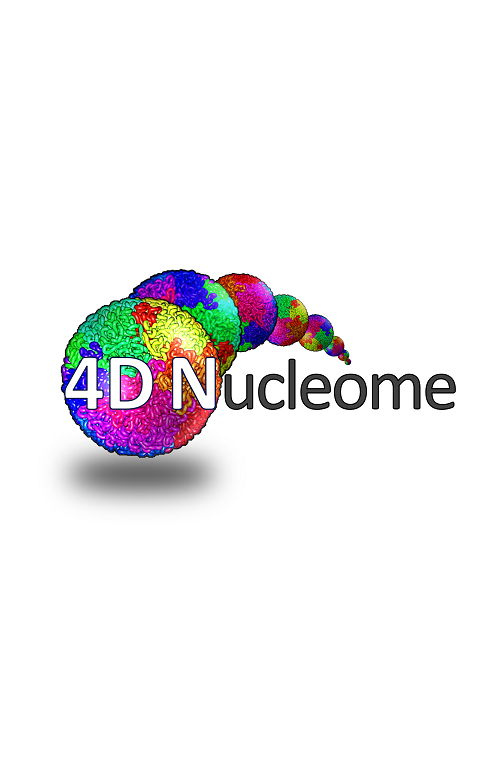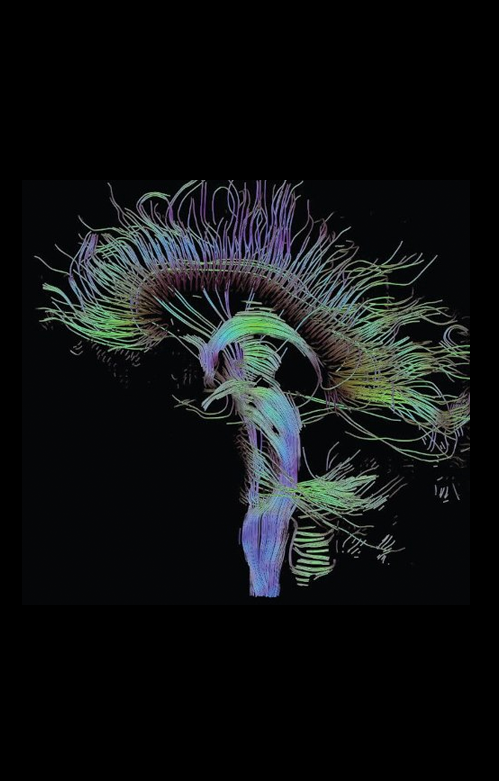The Center for Research in Biological Systems (CRBS) is a research center within UCSD Health Sciences. CRBS provides an integrative framework to facilitate multiscale studies of biological systems, bringing together innovative and interdisciplinary teams while providing a collaborative core or “glue” to sustain the energy and vision necessary to manage team science and lead novel scientific inquiry based on combinations of emerging new technologies and strategies for investigations. Read More >>
Highlighted Research Projects
The Cell Image Library
The Cell Image Library™ is a freely accessible, easy-to-search, public repository of reviewed and annotated images, videos, and animations of cells from a variety of organisms, showcasing cell architecture, intracellular functionalities, and both normal and abnormal processes. The purpose of this database is to advance research, education, and training, with the ultimate goal of improving human health. Read More > > |
|
Cracking the Cell Nucleus: Visualizing the Higher Order Coding Structures of DNAThe NIH Common Fund 4D Nucleome Program is a collaborative research initiative aimed at better understanding how DNA is arranged within the cell’s nucleus in four dimensions (three-dimensional space plus time) and how changes in that nuclear organization affect human health and disease. One of three awards funded to UCSD, the 'Imaging Tools' initiative will stimulate the development of higher throughput, higher resolution and higher content imaging approaches that can measure changes in nuclear organization. Read More > > |
|
Visible Molecular Cell ConsortiumThe “Visible Molecular Cell Consortium” (VMCC) is a new inter-institutional alliance between the Scripps Research Institute (TSRI) and UC San Diego to build unrivaled capabilities for mapping cells across a broad range of spatial and temporal scales. Read More > > |
|
National Center for Microscopy and Imaging ResearchThe mission of NCMIR is to develop technologies to bridge understanding of biological systems between the gross anatomical and molecular scales and to make these technologies broadly available to biomedical researchers. NCMIR provides expertise, infrastructure, technological development, and an environment in which new information about the 3D ultrastructure of tissues, cells, and macromolecular complexes may be accurately and easily obtained and analyzed. Read More > > |
|
National Biomedical Computation ResourceNBCR develops tools and technologies to enable multiscale modeling, bridging diverse scales of biological organization that range from molecules to organs systems. in doing so, NBCR aims to propel quantitative understanding of biological function and phenotypes, while enabling biomedical science to take full advantage of all types and sources of relevant data. Read More > > |
|
Neuroscience Information FrameworkThe Neuroscience Information Framework is a dynamic inventory of Web-based neuroscience resources: data, materials, and tools accessible via any computer connected to the Internet. An initiative of the NIH Blueprint for Neuroscience Research, NIF advances neuroscience research by enabling discovery and access to public research data and tools worldwide through an open source, networked environment. Read More > > |
|
Drug Design Data ResourceThe Drug Design Data Resource (D3R) aims to advance the technology of computer-aided drug discovery through the interchange of high quality protein-ligand datasets and workflows, and by holding community-wide, blinded prediction challenges. Read More > > |
|
NIDDK Information NetworkThe NIDDK Information Network (dkNET) serves the needs of basic and clinical investigators by providing seamless access to large pools of data relevant to the mission of The National Institute of Diabetes Digestive and Kidney Diseases (NIDDK). The dkNET portal contains information about research resources such as antibodies, vectors and mouse strains, data, protocols, and literature. Read More > > |








